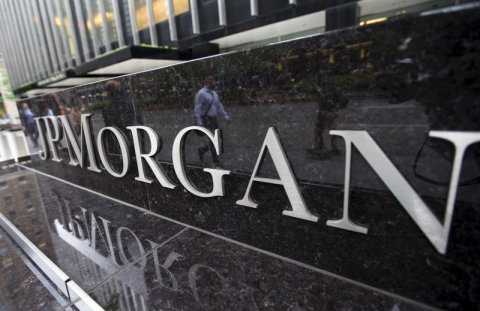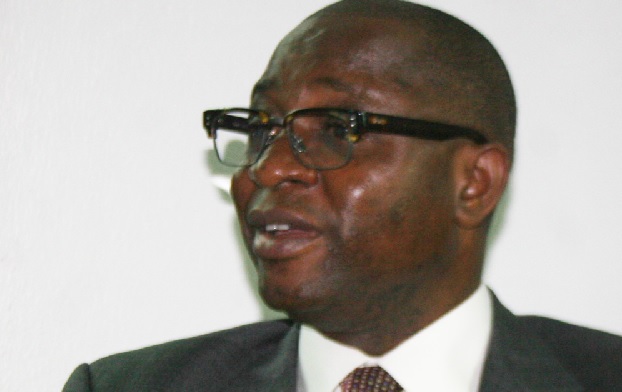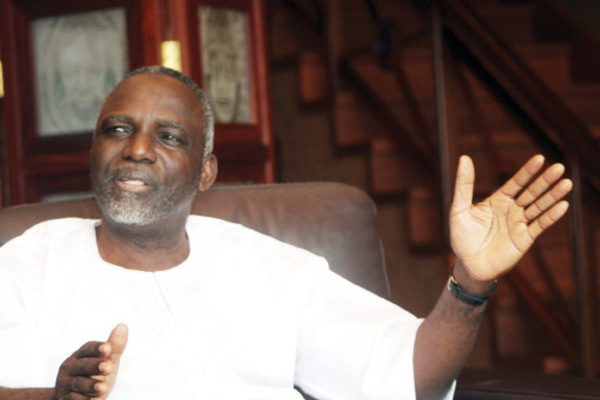Gold is continuing to exploit the current mixed sentiment towards the dollar with the metal having now managed to advance by nearly $20 this week to $1185. While the NFP last week once again highlighted that job creation is the star performer in the US economy with gold consequently plunging to a two-month low at $1162 as a result of the US interest rate outlook, buyers are still interested in short-term opportunities towards Gold. The chances of an US interest rate rise in June are extremely slim, and I also think that there is the potential for gold to continue advancing in the short-term if tomorrow’s US retail sales report continues to highlight that consumers are not spending.
The USD is going to be extremely vulnerable to another aggressive round of profit-taking if the retail sales report continues to expose that there has been no correlation whatsoever between substantial job creation over the past 18 months and improved consumer expenditure. Reduced consumer expenditure is the biggest weakness I currently see in the US economy, which is a major concern when you also consider that consumer spending represents the highest component of US GDP. Not only will another weak retail sales report provide further reason for the Federal Reserve to remain hesitant towards raising rates, but concerns will intensify that US economic momentum is slowing down.
If you are a central banker of an emerging market central bank, further dollar weakness would be applauded when you consider the continuous pressure these currencies have faced in recent times. The current mixed sentiment towards the dollar is at least allowing the opportunity for the likes of the Malaysian ringgit, Indonesian rupiah and Turkish lira to recover some losses. The outlook for emerging market currencies is similar to metals, where the longer-term bias is still underpinned to the interest rate outlook from the United States. However, any signs of caution from the Federal Reserve will at least make these markets less vulnerable to a sudden outflow of funds.
Following some further weak economic data from China at the beginning of the week, the People’s Bank of China (PBoC) revised down their GDP growth forecasts to 7% earlier today. This isn’t a major surprise and just aligns their assessment in accordance with Beijing’s target and to be honest, I was expecting the next announcement from the PBoC to be a further interest rate cut. All signs of economic momentum slowing down continue to be led by declining domestic data and with inflation expectations remaining low, I continue to see the flexibility for the PBoC to add to their already numerous interest rate cuts over the past six months.
Advertisement
BoJ Governor Kuroda strengthened the JPY in the early hours of this morning after expressing that he finds it hard to see the JPY weaken any further. The yen was already looking heavily oversold, meaning the comments from Kuroda just encouraged investors to close positions. While the markets might lack patience with the pace of the Japanese economic recovery, the economy is advancing and the BoJ are really unlikely to be adding any further stimulus to their economy. Export competiveness has already been enhanced by the weaker Yen and with the price of oil set to stay low, the economy will continue to benefit from lower import costs with this also improving the Japanese trade deficit.
With the direction of the Cable continuing to be driven by the dollar, the GBPUSD has managed to climb to a monthly high at 1.5470 as a result of the current weak dollar sentiment. The prospects for the Cable are bullish for now, but this is only because the sentiment towards the USD is currently weak. Unless there is a change in direction from the Federal Reserve when it comes to raising interest rates this year (and there won’t be), traders appetite towards the USD will return at some point and this will encourage a change of momentum in this pair.
Previously the strong UK economic outlook has made the pound attractive to traders, however recent UK economic data has been below expectations and this is withdrawing the investor pull towards the Pound. While it was expected that economic momentum in Q1 would slow down, there was always optimism that it would rebound in Q2 and this is not being supported by the current data. Major industries such as Services and Manufacturing are not rebounding strongly enough and this will weigh down GDP prospects. With this being the case, you need to be ambitious to expect any UK interest rate rises before the second half of next year at least.
Advertisement
The EURUSD is currently making another attempt to reach 1.14, but it is going to require further dollar weakness to allow this to happen. Eurodollar upside gains remain limited to dollar weakness and with Greece still a constant threat to investor sentiment, traders have enjoyed the opportunity to enter selling positions each time the pair has rallied over the previous month.
Follow Jameel on Twitter @Jameel_FXTM
For more information please visit: Forex Time
Advertisement
Add a comment






